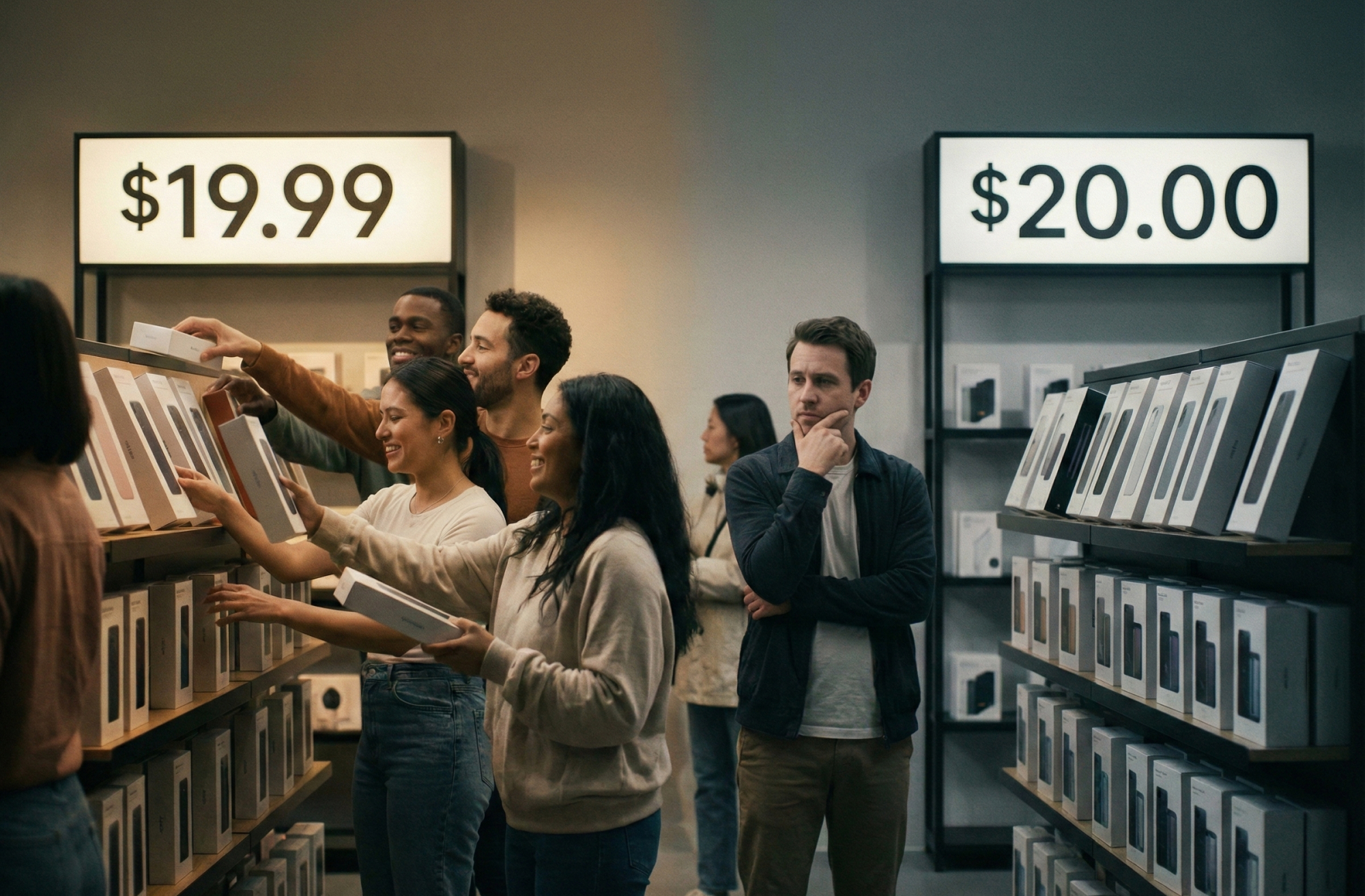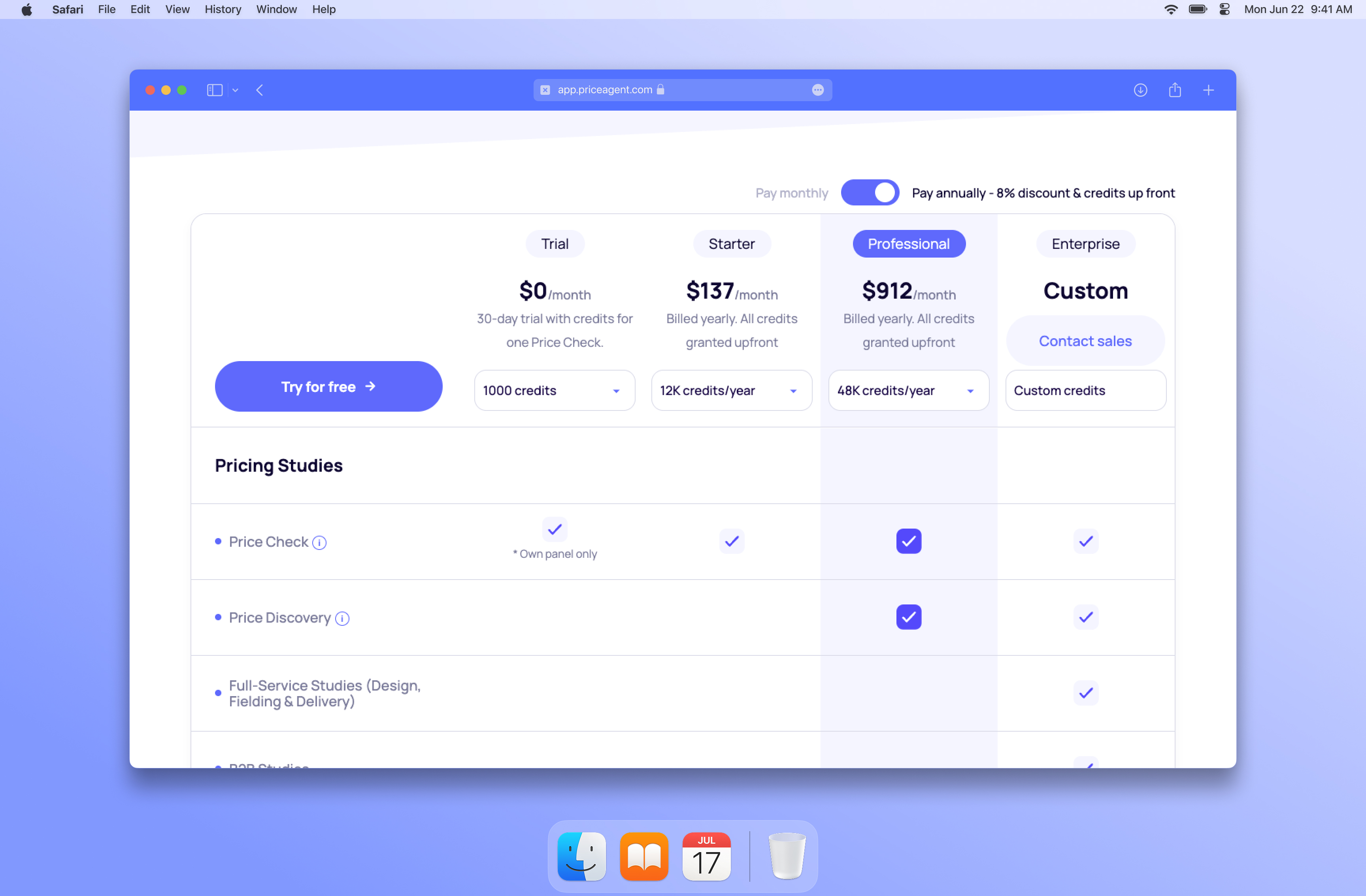Mastering Price Optimization in Retail – Strategies for Maximizing Revenue & Profitability
Learn how retailers can use customer behavior, market trends, and competitor analysi

In the retail industry,pricing plays a critical role in determining sales and profitability. Setting the right price point can help retailers attract and retain customers, while maximizing revenue and profit. However, determining the optimal price point can be a complex process, as it involves understanding customer behavior, market trends, and competition. In this article, we will explore how retailers can master price optimization to maximize revenue and profitability.
Understanding Customer Behavior
One of the most critical factors in price optimization is understanding customer behavior. By analyzing customer data, retailers can gain insights into customer demographics, purchasing behavior, and preferences. This information can be used to segment customers and tailor pricing strategies to specific customer groups. For example, customers in certain demographics may be more price-sensitive than others and may respond better to discounts or promotions.
Analyzing Market Trends
Another important factor in price optimization is analyzing market trends. By monitoring industry trends and staying up-to-date with market changes, retailers can adjust their pricing strategies accordingly. For example, during a recession, customers may be more price-sensitive, and retailers may need to offer more discounts or promotions to maintain sales.
Competitor Analysis
Competitor analysis is also an essential component of price optimization. By analyzing competitor pricing strategies and understanding the competitive landscape, retailers can adjust their pricing strategies to remain competitive in the market. For example, if a competitor offers a lower price for a similar product, a retailer may need to adjust their price to remain competitive.
Leveraging Technology
In today’s retail landscape, technology plays a significant role in price optimization. Retailers can use pricing software and algorithms to analyze data and adjust pricing strategies in real-time. This can help retailers stay competitive and maximize revenue and profitability.
Case Studies
To illustrate the real-world impact of price optimization in retail, here are two case studies:
E-commerce: An online retailer used dynamic pricing software to adjust prices based on real-time market trends and competitor pricing. They saw a significant increase in revenue and profitability by optimizing prices in real-time.
Brick-and-Mortar: A brick-and-mortar retailer used customer segmentation and pricing analysis to adjust prices based on customer demographics. They were able to increase sales by tailoring pricing strategies to specific customer groups.
Conclusion
Price optimization is a critical component of maximizing revenue and profitability in the retail industry. By understanding customer behavior, analyzing market trends, and staying competitive, retailers can adjust their pricing strategies to stay ahead of the curve. By leveraging technology and using data-driven approaches, retailers can gain a competitive advantage and maximize profitability.




